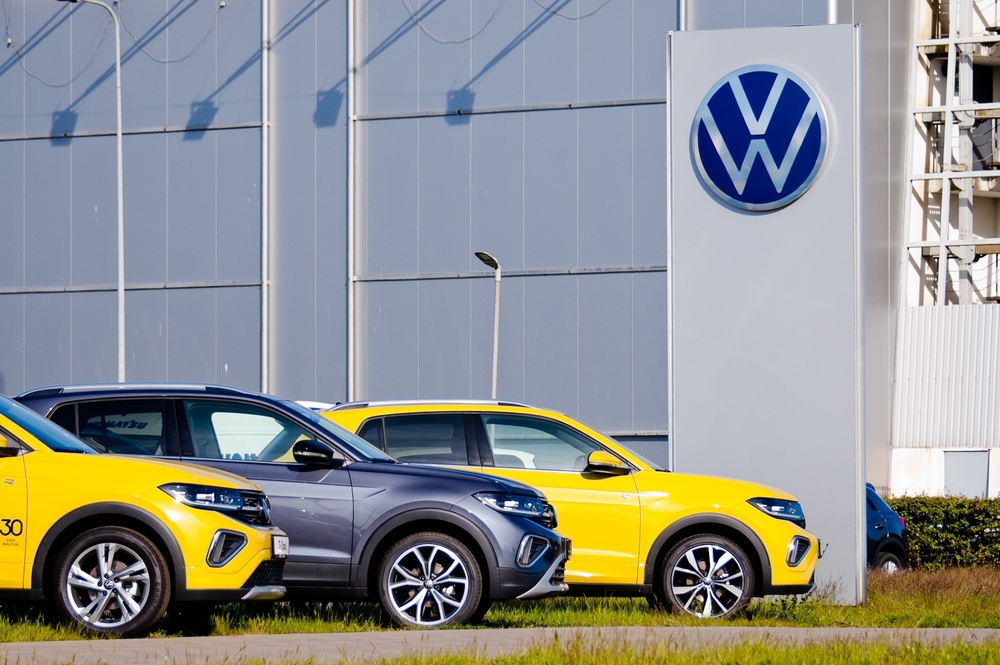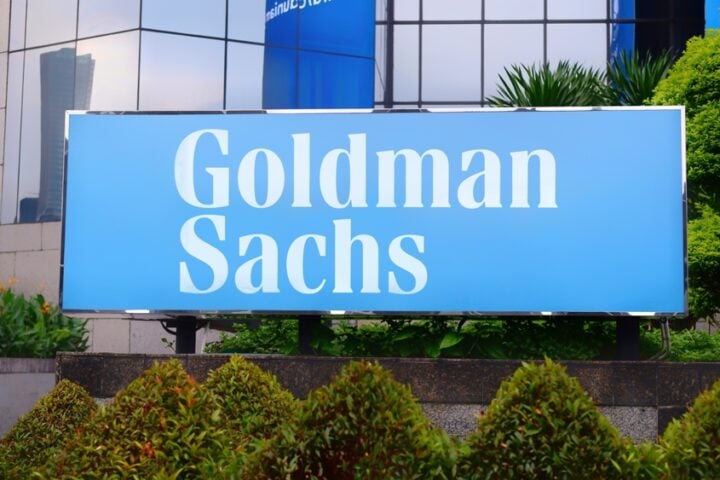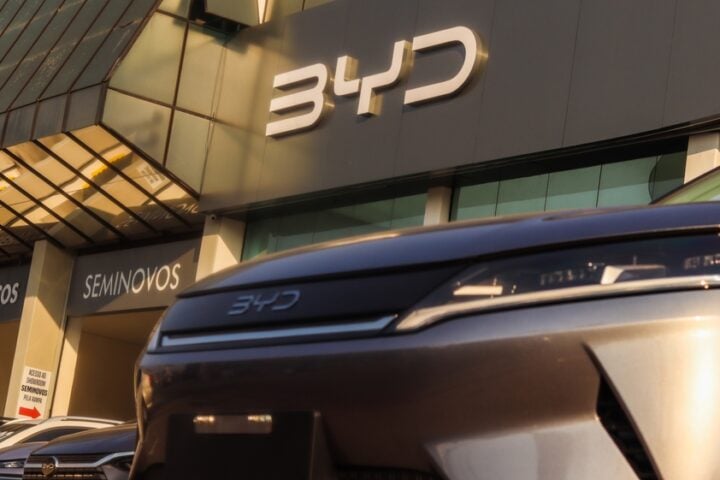Volkswagen (VW) is embarking on a sweeping cost-cutting plan, including German plant closures and thousands of job cuts, as it contends with steep profit declines and growing competition from Chinese automakers. With its core VW brand struggling to deliver strong margins, the automaker is under pressure to achieve operational efficiencies while navigating a slowdown in European vehicle sales. Investors are watching closely to see if these drastic measures will be enough to steer the company back to growth.
The Growing Crisis at Volkswagen
In recent quarters, VW’s earnings have been in steep decline, with third-quarter profits dropping by 64%, underscoring the automaker’s mounting challenges. The company’s core VW brand has seen margins shrink to just 1.8% of sales, far below its full-year target of 5.6%. In comparison, Renault is on track to reach full-year EBIT margins near 8%, highlighting VW’s struggles relative to key competitors.
China is a particularly difficult market for VW, as domestic brands produce affordable and increasingly high-quality vehicles. VW’s deliveries in China fell by 10% in the first nine months of the year, and the company estimates that its joint ventures in China will yield just €1.6 billion in operating income this year—nearly half of 2022’s contribution. With Chinese automakers gaining strength both domestically and internationally, VW faces a structural threat that may not be easily mitigated.
Challenges in the European Market
In Europe, VW must also contend with a cyclical slowdown, with total vehicle sales expected to reach just 14 million this year, down from the pre-pandemic average of 16 million. To address its high cost base, VW has set an ambitious goal to raise its brand margin to 6.5% by 2026, backed by €10 billion in performance improvements announced last year. Recent plant closures and planned job cuts are expected to add another €4 billion in savings, totaling roughly 15% of VW brand sales—a significant increase that could help cushion against declining demand.
However, achieving this target won’t be easy. Cost-cutting measures are likely to face resistance, both internally and from labor unions, complicating VW’s efforts to streamline its operations in Europe’s competitive market.
Risks of a Deteriorating Market Environment
VW’s aggressive cost-cutting strategy reflects both its commitment to restructuring and the harsh realities of a shifting automotive landscape. Analysts like Daniel Schwarz from Stifel view these measures as a potential cushion against slower vehicle sales. But some fear the company’s current moves indicate an increasingly challenging environment in which Chinese automakers continue to capture market share, electric vehicles impact profitability, and traditional combustion engine sales suffer from price pressures.
These market conditions contribute to investor skepticism, as reflected in VW’s stock, which trades at just 3.3 times projected earnings for next year. The low valuation suggests that investors remain unconvinced of VW’s ability to regain a solid footing amid intensifying competition and operational challenges.
Volkswagen’s current restructuring plan, aimed at achieving a 6.5% margin for the VW brand by 2026, represents a bold attempt to counteract profit pressures and competitive threats. However, with persistent challenges from Chinese automakers and an evolving market for electric vehicles, it remains to be seen if these cost-cutting efforts will be enough to sustain long-term growth. As VW contends with high operational costs and skepticism from investors, the automaker’s future hinges on its ability to execute these changes without alienating its workforce or undermining its brand value.







